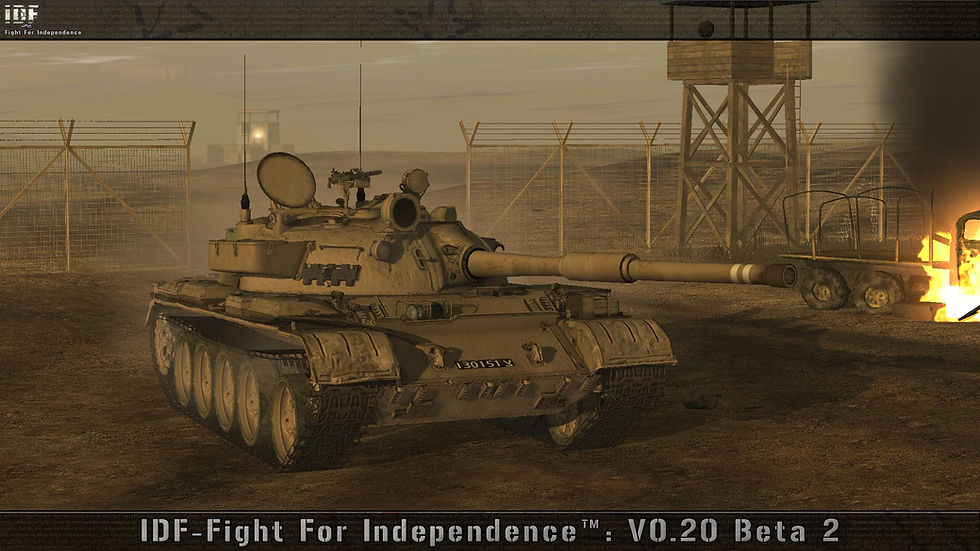Anti-tank grenades
- General Bradly
- Oct 15, 2016
- 1 min read
The RPG-43 was a high explosive anti-tank (HEAT) hand grenade used by the Soviet Union during the Second World War. It entered service in 1943. The RPG-43 used a shaped charge HEAT warhead. Overall the RPG-43 was an awkward and difficult weapon to use effectively.

To use it, the user had to get within throwing range of an enemy tank, which was often dangerous. Despite having a powerful warhead, it took a skilled user to make the most of it as, like all shaped-charge weapons, it was effective only if the striking angle was close to 90 degrees. It also had to hit hard enough to detonate the impact fuse, or it would bounce harmlessly off the tank. Despite its limitations, it was cheap and quick to manufacture, allowing it to become the main Soviet infantry anti-tank weapon of World War II and other conflicts including the Arab-Israeli wars.

RKG-3 is the designation of Russian series of anti-tank hand grenades. It superseded the RPG-43, RPG-40 and RPG-6 series of grenades. The RKG-3 was adopted into service in 1950. A few years later it was replaced by the RKG-3E and RKG-3EM. In early 1970s the Soviet Army replaced this grenade with the RPG-18, but many other countries and guerrilla movements are still using the RKG-3 in their armed forces. It was used extensively during the 1973 Yom Kippur War.



























Comments